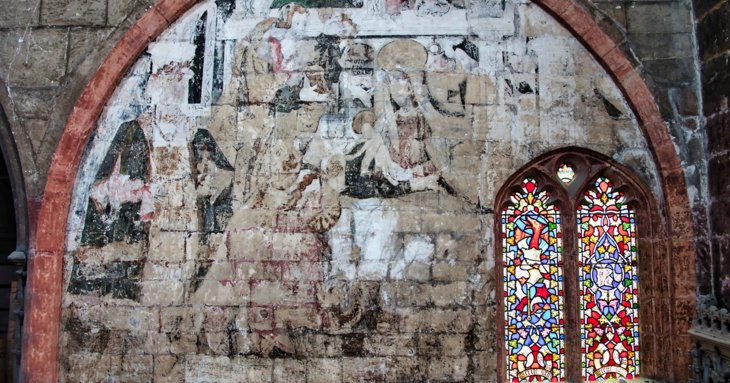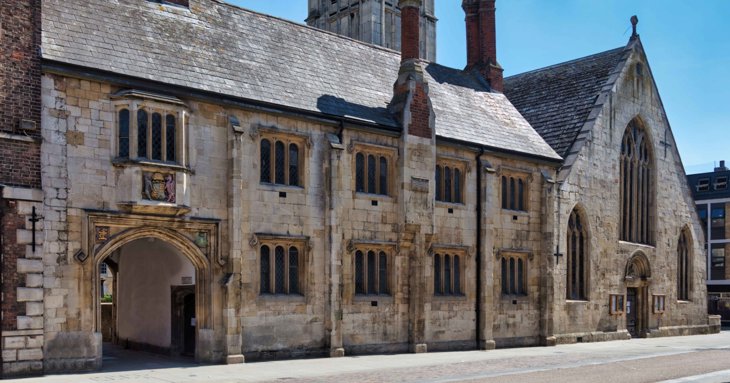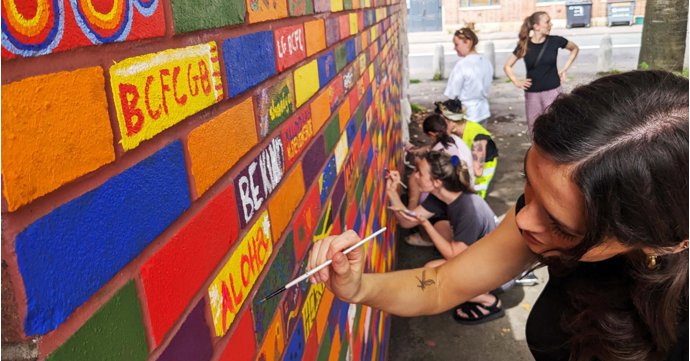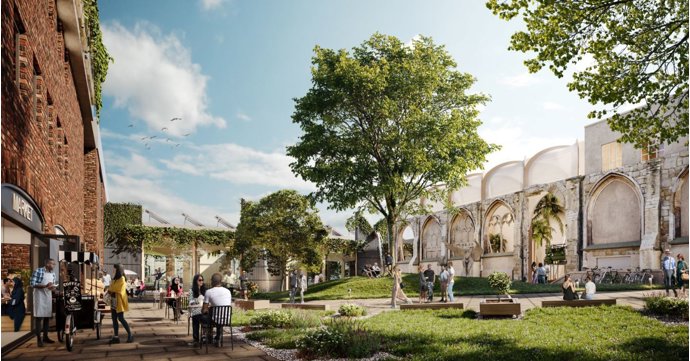St Mary de Crypt, which is located in central Gloucester on Southgate Street, is a medieval church with significant historical importance.
The Grade I listed church is regarded as one of Gloucester’s most important medieval churches of Norman origin and is thought to have been built in the 1100s, but substantially rebuilt in the late 1300s.
In its Sanctuary area, a dark and dusty part of the chancel that has remained untouched for many years, sits one of the county's most nationally important wall murals — The Adoration of the Magi, a large painting thought to have been commissioned in 1535 for the visit of King Henry VIII.
However, beneath this Tudor mural, hidden under hundreds of years of grime, lies another earlier mural depicting six figures — and researchers believe it dates back to medieval times.
And now, thanks to a National Lottery Heritage Fund donation of £117,000, the church's charity, Discover DeCrypt, hopes to renovate the Sanctuary to its former glory and restore the incredible art on its walls.

The funding will also go towards the renovation of its medieval single sedile, Easter sepulchre, triple sedilia, Victorian reredos and stained-glass windows. Its large east credo stained-glass window is the only one remaining in England and in the English language.
Richard Ryan, one of the charity's trustees, said: 'We’re delighted that we’ve received this support thanks to National Lottery players. The project will bring to life the Tudor wall painting in the Sanctuary of the Church for all to see.
'This large painting showing the biblical story of the wise men presenting gifts to the baby Jesus and his mother, Mary, is thought to date from Henry VIII’s reign and may even have been commissioned for a visit made by the king to Gloucester in 1535. Below it are a series of paintings of small medieval figures, which will also be conserved, along with other fragments.
'The project will enable us to work with an artist to creatively reimagine what the original may have looked like when it was first painted. Visitors, and particularly local schoolchildren, will be able to develop skills and understanding to create a modern version of the painting. Wall paintings, as well as stained glass and medieval stonework, will be in a better condition and preserved for future generations.'
An
artist’s impression of the Adoration of the Magi will be projected into the chancel to help
give visitors an idea of how it looked during the early Tudor period.



















